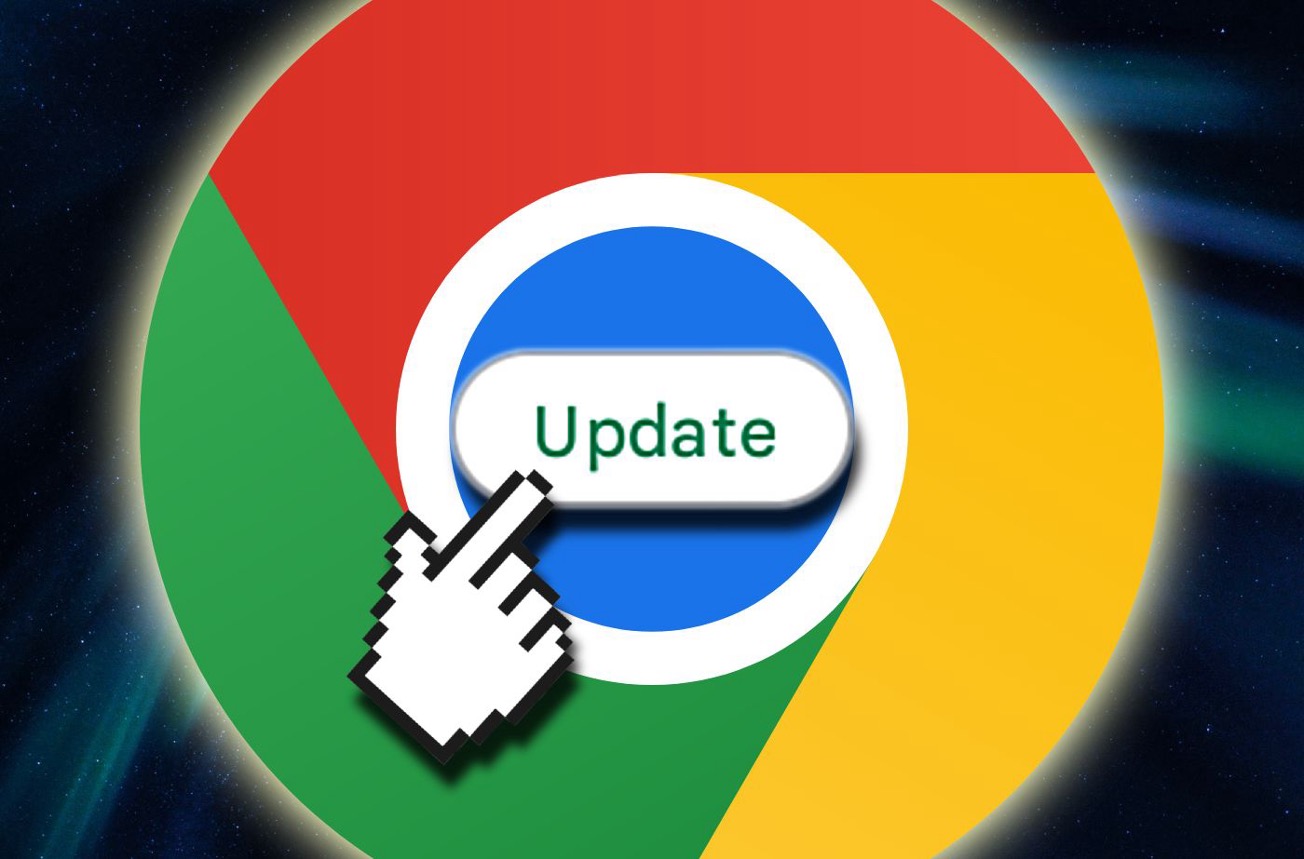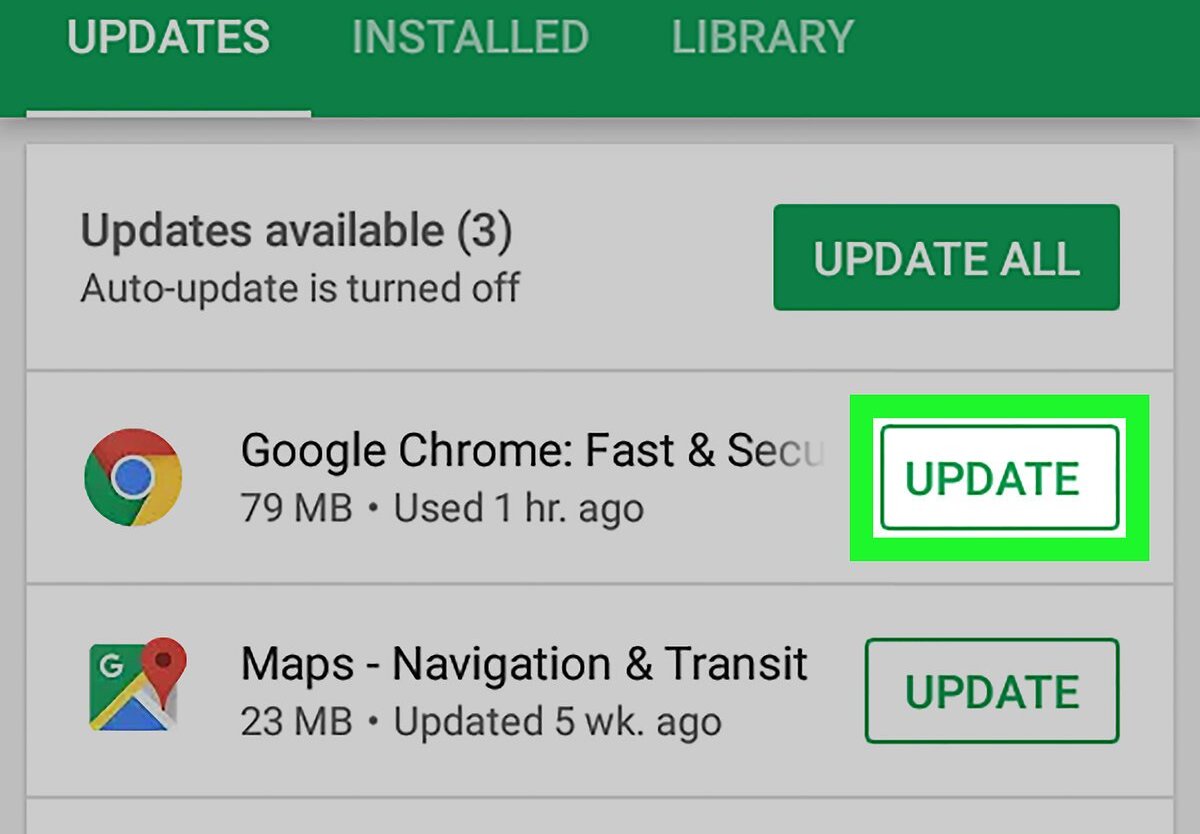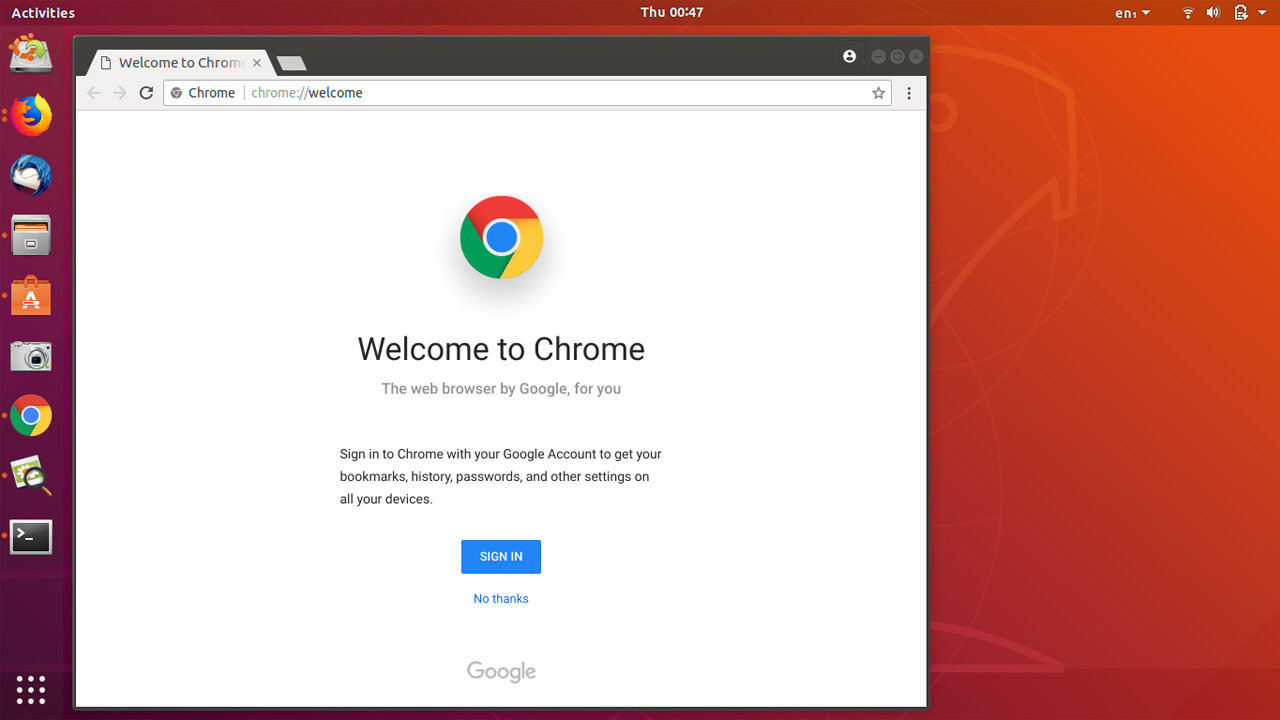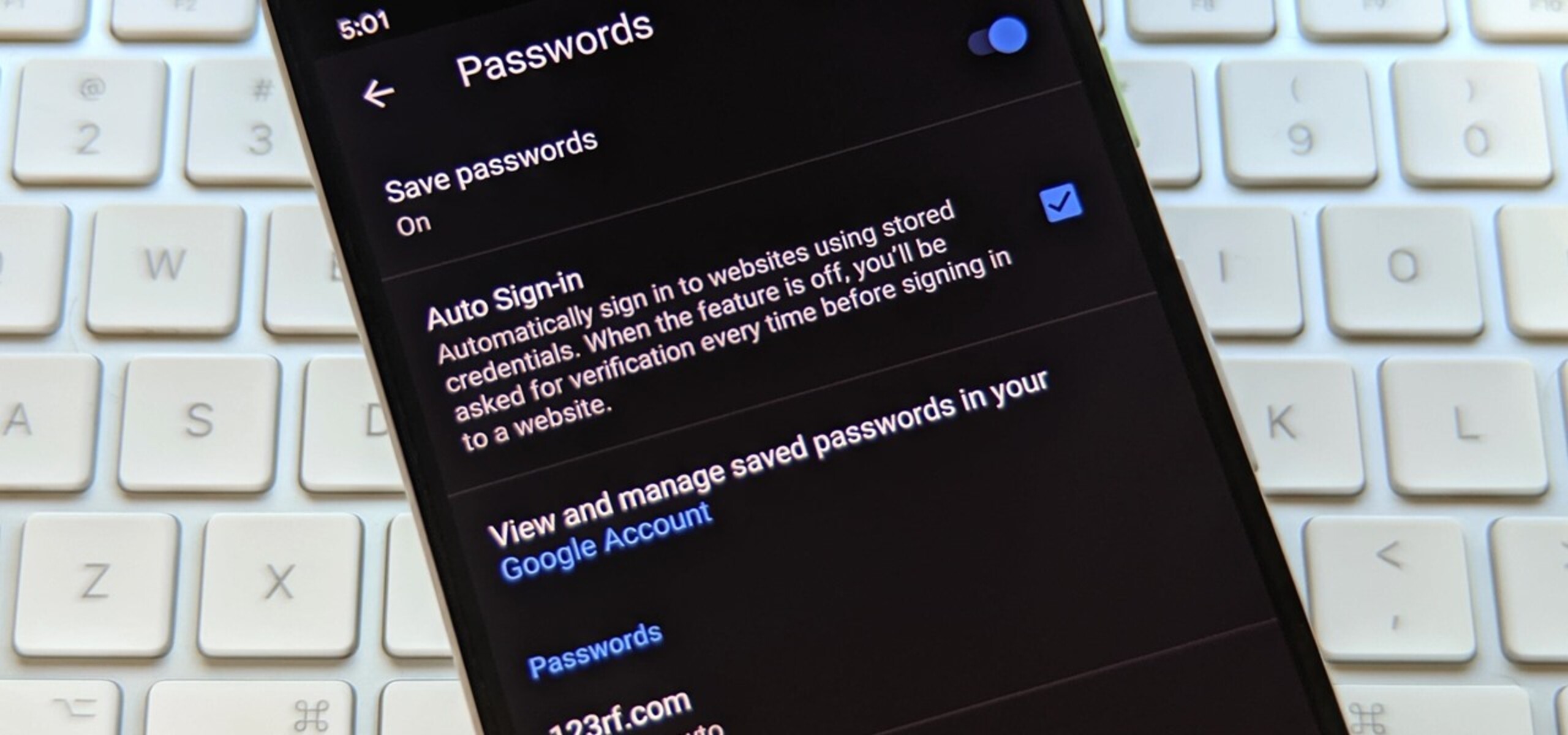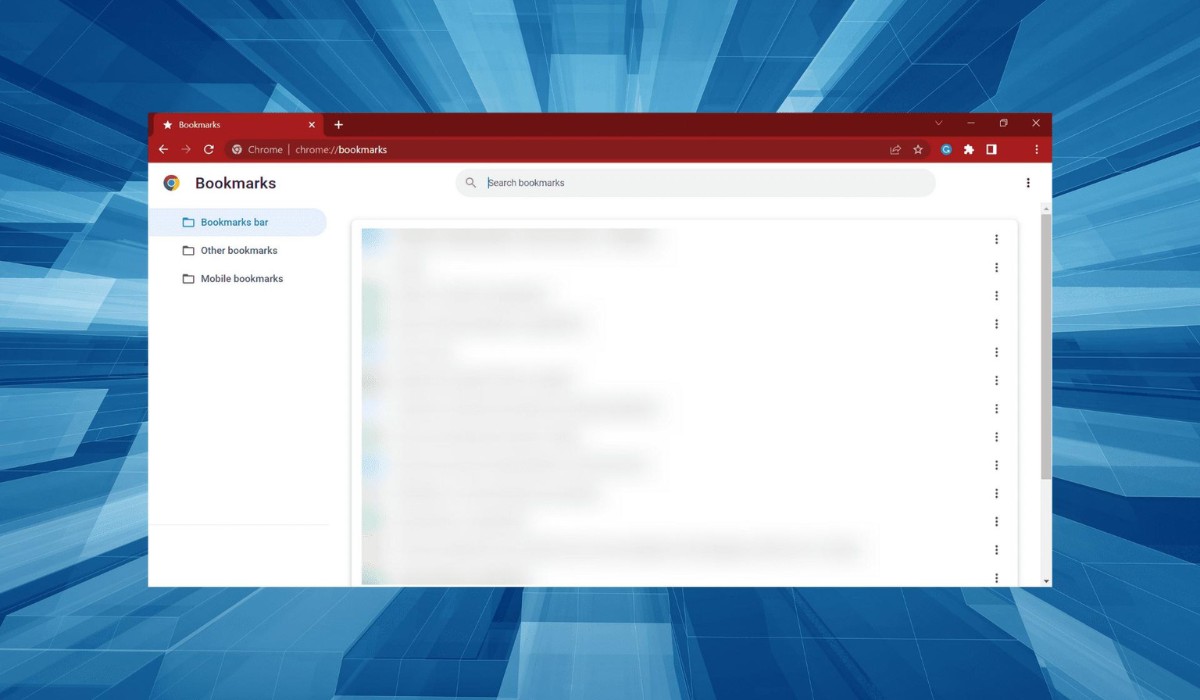Introduction
Keeping your web browser up to date is crucial for a seamless and secure browsing experience. As technology evolves, so do the features and security measures of web browsers. Google Chrome, one of the most popular browsers worldwide, regularly releases updates to enhance performance, fix bugs, and bolster security. By ensuring that you have the latest version of Chrome installed, you can enjoy improved speed, new functionalities, and protection against potential vulnerabilities.
Regular updates also play a pivotal role in safeguarding your online privacy and data security. With each update, Chrome's developers address known security issues and vulnerabilities, making it essential to stay current with the latest version. Additionally, updating Chrome ensures compatibility with the latest web technologies and standards, allowing you to access and interact with modern websites and web applications seamlessly.
In this comprehensive guide, we will walk you through the process of updating Google Chrome on various platforms, including Windows, Mac, Android, and iOS. Whether you're using a desktop computer, laptop, or mobile device, we've got you covered. Additionally, we'll provide troubleshooting tips to address common update-related issues, ensuring that you can keep your Chrome browser up to date with ease.
By the end of this guide, you'll have the knowledge and confidence to keep your Chrome browser current, enabling you to make the most of its features and security enhancements. Let's dive in and ensure that your browsing experience remains smooth, secure, and up to date.
Checking for Updates
Before diving into the update process, it's essential to confirm whether your Google Chrome browser requires an update. Fortunately, Chrome simplifies this task by offering a straightforward method to check for updates.
-
Launch Chrome: Open the Chrome browser on your device. If you're unsure whether you're using the latest version, it's always a good practice to verify this before proceeding with any critical browsing activities.
-
Access the Menu: In the top-right corner of the browser window, you'll find the "More" icon, represented by three vertical dots. Click on this icon to open the Chrome menu.
-
Navigate to "Help": Within the menu, hover over the "Help" option. This action will reveal a submenu with additional options.
-
Select "About Google Chrome": From the "Help" submenu, click on the "About Google Chrome" option. This selection will direct you to a new tab displaying information about your Chrome version and whether an update is available.
-
Check for Updates: Upon accessing the "About Google Chrome" tab, Chrome will automatically initiate a check for updates. If an update is available, Chrome will commence the download and installation process. If your browser is already up to date, you'll receive a message confirming this status.
By following these simple steps, you can quickly determine whether your Chrome browser requires an update. If an update is available, you can proceed with the installation process to ensure that your browser is equipped with the latest features and security enhancements.
Remember, staying proactive about updating your browser is a proactive measure to safeguard your online experience, ensuring that you benefit from the latest advancements and security measures that Chrome has to offer.
Updating Chrome on Windows
Updating Google Chrome on a Windows computer is a straightforward process that ensures you have access to the latest features and security updates. Here's a step-by-step guide to updating Chrome on your Windows device:
-
Open Chrome: Launch the Chrome browser on your Windows computer by clicking on the Chrome icon in your taskbar or desktop. If Chrome is already running, ensure that you have saved any ongoing work or important tabs before proceeding with the update.
-
Access the Menu: Once Chrome is open, look to the top-right corner of the window. You'll see three vertical dots arranged vertically. Click on this icon to open the Chrome menu.
-
Navigate to "Help": In the Chrome menu, hover your cursor over the "Help" option. This action will reveal a submenu with additional options.
-
Select "About Google Chrome": From the "Help" submenu, click on the "About Google Chrome" option. This selection will open a new tab displaying information about your Chrome version and whether an update is available.
-
Initiate Update: Chrome will automatically check for updates upon accessing the "About Google Chrome" tab. If an update is available, Chrome will begin the download and installation process. You may be prompted to relaunch the browser to complete the update.
-
Relaunch Chrome: After the update is installed, Chrome will prompt you to relaunch the browser to apply the changes. Click on the "Relaunch" button to complete the update process.
By following these steps, you can ensure that your Google Chrome browser on Windows is updated to the latest version. This simple process allows you to stay current with the newest features and security enhancements, providing you with a seamless and secure browsing experience.
Regularly updating Chrome on your Windows computer is essential for maintaining optimal performance, accessing new functionalities, and safeguarding your online security. By staying proactive about updating your browser, you can make the most of what Chrome has to offer while ensuring a secure and enjoyable browsing experience.
Updating Chrome on Mac
Updating Google Chrome on a Mac is a seamless process that ensures you have access to the latest features and security updates. Here's a step-by-step guide to updating Chrome on your Mac device:
-
Launch Chrome: Open the Chrome browser on your Mac by clicking on the Chrome icon in your dock or applications folder. If Chrome is already running, ensure that you have saved any ongoing work or important tabs before proceeding with the update.
-
Access the Menu: Once Chrome is open, look to the top-left corner of the screen. You'll see "Chrome" in the menu bar. Click on it to reveal a dropdown menu.
-
Select "About Google Chrome": From the dropdown menu, click on the "About Google Chrome" option. This action will open a new tab displaying information about your Chrome version and whether an update is available.
-
Initiate Update: Chrome will automatically check for updates upon accessing the "About Google Chrome" tab. If an update is available, Chrome will begin the download and installation process. You may be prompted to relaunch the browser to complete the update.
-
Relaunch Chrome: After the update is installed, Chrome will prompt you to relaunch the browser to apply the changes. Click on the "Relaunch" button to complete the update process.
By following these steps, you can ensure that your Google Chrome browser on Mac is updated to the latest version. This simple process allows you to stay current with the newest features and security enhancements, providing you with a seamless and secure browsing experience.
Regularly updating Chrome on your Mac is essential for maintaining optimal performance, accessing new functionalities, and safeguarding your online security. By staying proactive about updating your browser, you can make the most of what Chrome has to offer while ensuring a secure and enjoyable browsing experience.
Updating Chrome on Android
Updating Google Chrome on an Android device is essential to ensure that you have access to the latest features, performance improvements, and security enhancements. Here's a detailed guide to updating Chrome on your Android device:
-
Open the Play Store: Begin by locating and tapping the Play Store icon on your Android device's home screen or app drawer. The Play Store is the central hub for managing app updates and installations on Android devices.
-
Access the Menu: Once the Play Store is open, tap on the three horizontal lines, typically located in the top-left corner of the screen. This action will open the Play Store menu, providing access to various options and settings.
-
Navigate to "My apps & games": Within the Play Store menu, select the "My apps & games" option. This section allows you to view and manage all the apps installed on your device, including available updates.
-
Locate Chrome in the Update List: Scroll through the list of installed apps to locate Google Chrome. If an update is available for Chrome, you'll see it listed with an "Update" button next to it.
-
Initiate the Update: Tap the "Update" button next to Chrome to begin the update process. The Play Store will download the latest version of Chrome and automatically install it on your device.
-
Relaunch Chrome: Once the update is installed, you can open Chrome to experience the latest improvements. In some cases, Chrome may prompt you to relaunch the browser to apply the update. Simply follow the on-screen instructions to complete this step.
By following these steps, you can ensure that your Google Chrome browser on Android is updated to the latest version. This straightforward process allows you to stay current with the newest features and security enhancements, providing you with a seamless and secure browsing experience on your Android device.
Regularly updating Chrome on your Android device is crucial for accessing new functionalities, improving performance, and enhancing your online security. By staying proactive about updating your browser, you can make the most of what Chrome has to offer while ensuring a secure and enjoyable browsing experience on your Android device.
Updating Chrome on iOS
Updating Google Chrome on an iOS device is a fundamental aspect of maintaining a secure and efficient browsing experience. Here's a comprehensive guide to updating Chrome on your iOS device:
-
Open the App Store: Begin by locating and tapping the App Store icon on your iOS device's home screen. The App Store serves as the central platform for managing app updates and installations on iOS devices.
-
Navigate to the Updates Tab: Within the App Store, navigate to the "Updates" tab located at the bottom of the screen. This section displays a list of available updates for the apps installed on your device.
-
Locate Chrome in the Update List: Scroll through the list of apps to locate Google Chrome. If an update is available for Chrome, you'll find it listed with an "Update" button next to it.
-
Initiate the Update: Tap the "Update" button next to Chrome to commence the update process. The App Store will download the latest version of Chrome and automatically install it on your iOS device.
-
Relaunch Chrome: Once the update is installed, you can open Chrome to experience the latest improvements. In some instances, Chrome may prompt you to relaunch the browser to apply the update. Simply follow the on-screen instructions to complete this step.
By following these steps, you can ensure that your Google Chrome browser on iOS is updated to the latest version. This straightforward process allows you to stay current with the newest features and security enhancements, providing you with a seamless and secure browsing experience on your iOS device.
Regularly updating Chrome on your iOS device is crucial for accessing new functionalities, improving performance, and enhancing your online security. By staying proactive about updating your browser, you can make the most of what Chrome has to offer while ensuring a secure and enjoyable browsing experience on your iOS device.
Troubleshooting Updates
Occasionally, you may encounter issues while attempting to update Google Chrome. These issues can range from update failures to unexpected errors during the update process. However, there are several troubleshooting steps you can take to address these challenges and ensure that your Chrome browser is successfully updated.
Check Your Internet Connection
Before troubleshooting any update-related issues, it's essential to verify that your device has a stable internet connection. A weak or intermittent connection can hinder the download and installation of updates. Ensure that you are connected to a reliable network, and if necessary, consider restarting your router or switching to a different network to rule out connectivity issues.
Restart Chrome
If you encounter difficulties while updating Chrome, a simple restart of the browser may resolve the issue. Close all Chrome windows and relaunch the browser to initiate the update process again. In some cases, this basic step can clear temporary glitches and allow the update to proceed smoothly.
Clear Browser Cache and Cookies
Over time, accumulated cache and cookies in your browser can interfere with the update process. Clearing these temporary files can help resolve update-related issues. To do this, access Chrome's settings, navigate to the "Privacy and security" section, and select the option to clear browsing data. Ensure that you choose the appropriate time range and select "Cookies and other site data" and "Cached images and files" before initiating the clearing process.
Disable Extensions
Certain browser extensions may conflict with the update process, leading to unexpected errors. Temporarily disabling extensions can help identify if any of them are causing the update issues. Navigate to Chrome's extensions settings, disable all extensions, and attempt to update the browser. If the update is successful after disabling extensions, you can re-enable them one by one to pinpoint the problematic extension.
Run Chrome Cleanup Tool
Google offers a specialized tool called the Chrome Cleanup Tool, designed to identify and remove software that may cause problems with Chrome. Running this tool can help address underlying issues that could be impeding the update process. The Chrome Cleanup Tool can be downloaded from Google's official website and used to scan and clean up potential threats to the browser's functionality.
By following these troubleshooting steps, you can address common update-related issues and ensure that your Google Chrome browser is updated to the latest version. These proactive measures can help you overcome challenges and maintain a seamless and secure browsing experience with the most up-to-date features and security enhancements.







